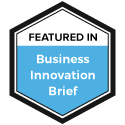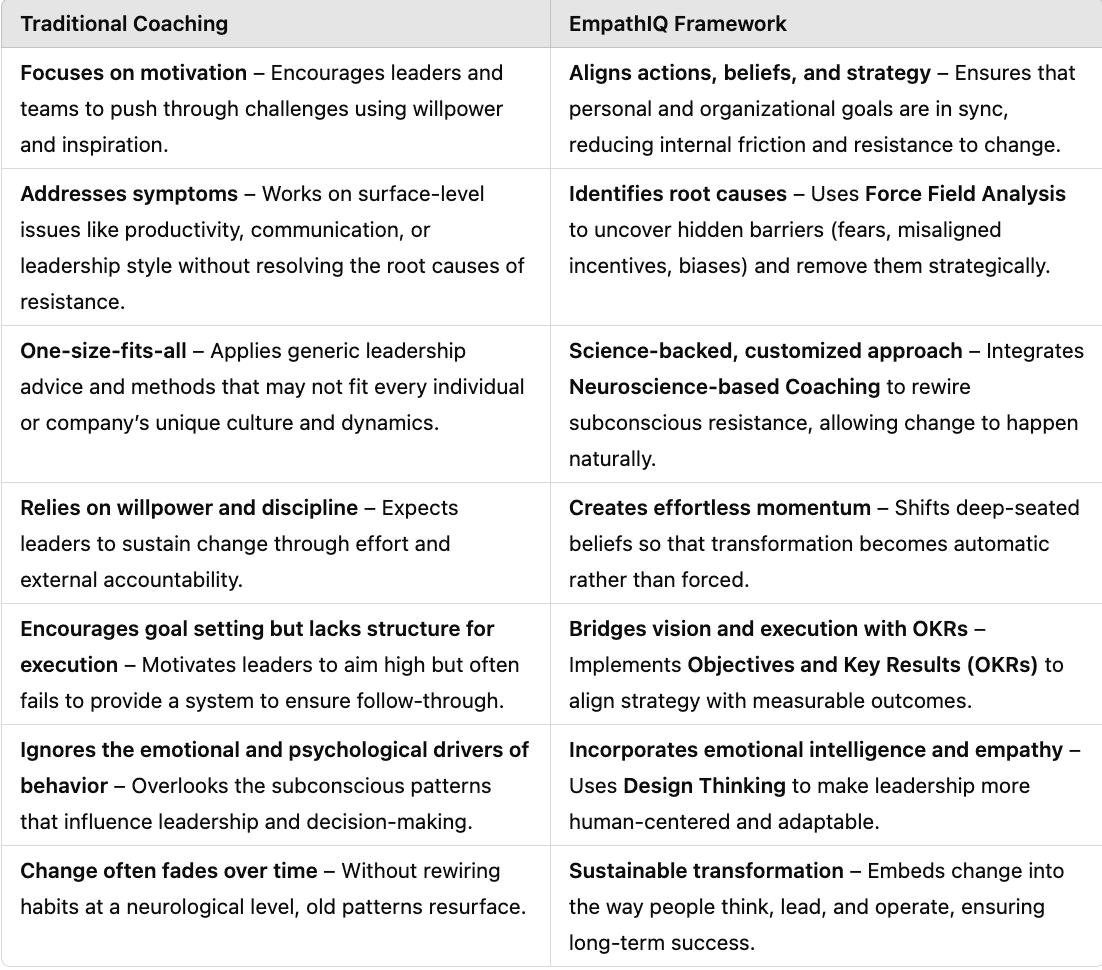
Design Thinking: The Smart Way to Fail, Learn, and Innovate
Design Thinking: The Smart Way to Fail, Learn, and Innovate
The Cost of Learning the Hard Way
Some of the greatest lessons in business don’t come from textbooks or executive seminars but from real-world experimentation. Whether it’s launching a product, entering a new market, or restructuring a company, the process of testing, failing, and refining is how businesses evolve.
Yet, too often, organizations make costly mistakes by skipping the critical step of structured experimentation. They invest heavily in unproven ideas, assume they know their customers better than the market itself, or ignore early warning signs in favor of gut instinct.
“The problem isn’t making mistakes. It’s making unstructured mistakes.”
This is where Design Thinking provides a practical framework to turn inevitable business failures into structured learning loops that drive continuous innovation.
The Power of Structured Experimentation
Design Thinking is more than a process — it’s a mindset shift. Instead of seeing failure as an endpoint, it treats it as a necessary step toward progress. It allows businesses to take calculated risks rather than gambling resources on untested assumptions.
Traditionally, Design Thinking is structured around five key stages. However, I have adopted a seven-step approach that better aligns with how organizations navigate uncertainty and innovation. This framework reflects the principles taught in the Design Thinking Executive Program at the University of California, Riverside, where I have served as an advisor since 2021.
The seven key stages are:
Curiosity
Every breakthrough starts with a question. Before defining a problem or jumping to solutions, Design Thinking begins with curiosity — a desire to explore and understand rather than assume. This involves asking what isn’t known, challenging existing beliefs, and identifying hidden opportunities. Curiosity prevents stagnation and forces teams to rethink conventional approaches.
Empathize
Understanding customer needs is the foundation of great design. Businesses must listen, observe, and engage with real users to grasp their frustrations, desires, and expectations. This step ensures that solutions are not built in an internal vacuum but are shaped by real-world insights.
Define
Once enough information has been gathered, it’s time to clearly articulate the core challenge that needs to be solved. A well-defined problem statement prevents businesses from chasing the wrong solutions and aligns teams toward a common goal.
Ideate
Instead of settling for the first idea, Design Thinking encourages divergent thinking — brainstorming multiple possibilities before committing to one. The goal is to explore options, combine perspectives, and uncover unexpected solutions.
Prototype
Rather than investing significant time and resources into a final product, prototypes allow teams to test ideas on a small scale. This could be a basic wireframe, a simple mockup, or a limited-scope pilot program. The goal is to fail fast, fail cheap, and learn quickly.
Test
A prototype is only useful if it’s put in front of real users. Testing involves gathering feedback, analyzing performance, and identifying areas for improvement. Instead of assuming success, businesses must validate ideas with data before committing to large-scale implementation.
Iterate
Iteration is what separates one-time success from long-term innovation. Every test leads to insights, and those insights should inform refinements. Iteration means continuously improving a solution until it reaches its optimal form, rather than treating the first version as final.
This process transforms uncertainty into a systematic discovery process, allowing businesses to iterate rapidly, reduce risk, and accelerate learning.
When Companies Find Out the Hard Way
History is filled with examples of companies that bypassed structured experimentation — only to learn painful, expensive lessons in the marketplace.
- New Coke (1985) reformulated its legendary soda based on limited market research, misjudging brand loyalty. A full-scale launch without real-world validation led to a public backlash and a swift reversal.
- Quibi (2020) was a mobile streaming platform that raised $1.75 billion but failed to test whether users actually wanted premium short-form content. The platform folded within six months.
- Google Glass (2013) went straight to mass-market launch instead of running small-scale pilots with consumers. The result was a product no one actually wanted, leading to its quiet discontinuation.
Each of these failures wasn’t caused by bad ideas. They were caused by skipping the structured iteration process. Had they embraced Design Thinking principles, they could have found out what worked before making high-cost decisions.
The Design Thinking Playbook for Strategic Experimentation
To avoid high-stakes failures, businesses must shift from guesswork to structured exploration.
Here’s how:
Frame Hypotheses Before Making Big Bets
Instead of launching into an initiative blindly, define what you’re testing and why.
- What assumption are we making?
- What would success look like?
- How can we test this idea in the smallest way possible before scaling?
Before Airbnb became a global platform, the founders tested their concept by renting out an air mattress in their own apartment. Small-scale experimentation validated demand before full-scale expansion.
Learn from the Market
Companies often rely too much on internal echo chambers instead of real-world data. Design Thinking forces leaders to seek diverse feedback early rather than assuming they already know what works.
Kodak invented digital photography but ignored market trends, fearing it would cannibalize their film business. The market moved on — without them.
Fail Fast, But with Purpose
Failures are inevitable, but they should be controlled failures. The key is to fail fast, small, and in a way that provides valuable insights.
- Bad failure: Investing $100 million in an untested product.
- Good failure: Running a limited pilot to uncover potential flaws before scaling.
Amazon constantly runs thousands of A/B tests to optimize features before rolling them out broadly, minimizing risk and maximizing learning.
Prototype First, Scale Later
A prototype is the fastest, lowest-risk way to test an idea without overcommitting resources.
Instead of rolling out new features across all stores, Starbucks often tests new products in select locations to gauge demand before expanding.
A Smarter Way to Find Out
Many business leaders operate under the false belief that taking bold risks means going all in without testing. But true innovation doesn’t come from reckless bets — it comes from structured curiosity.
Design Thinking provides a way to explore, test, and validate ideas before making big commitments. It’s not about avoiding failure — it’s about failing smarter and learning faster.
In a world where uncertainty is constant, the ability to experiment intelligently is the single greatest competitive advantage a leader can have.
So the next time you have an untested business idea, ask yourself:
- Are we learning the smart way?
- Have we tested this hypothesis before investing heavily?
- Are we treating failure as an endpoint — or as part of the process?
If you approach decision-making through the lens of structured experimentation, you’ll find out what works without breaking the business in the process.
What’s a business lesson you’ve learned the hard way? Drop your story in the comment











Recent Comments